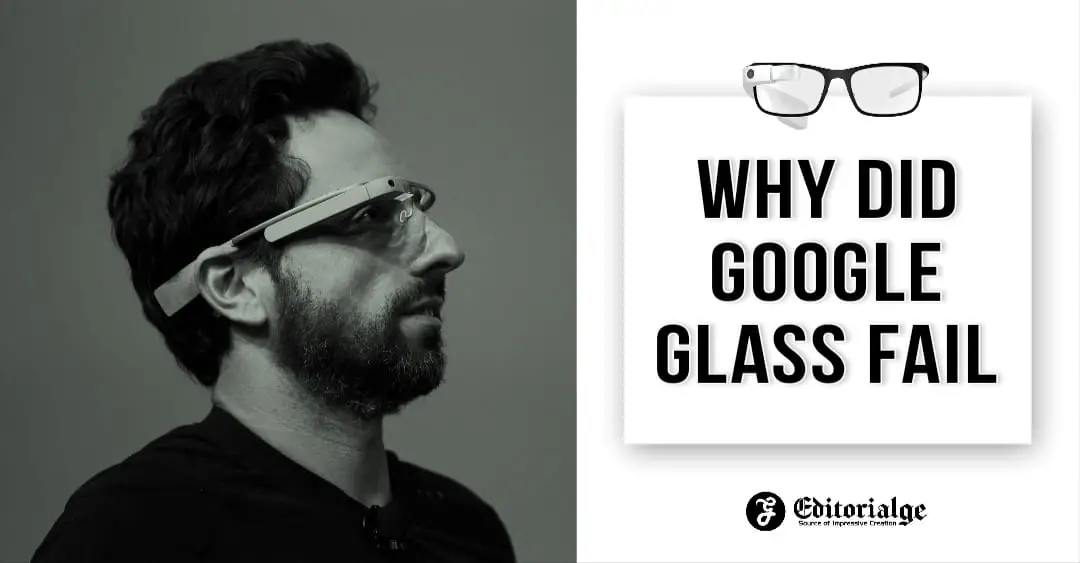It was offered at $1,500 and had the necessary hardware components to start creating the first applications for the device. This was an elementary step to guarantee its success in the consumer market, which it would theoretically reach later.
But when these glasses began to unfold, almost at the same time, the problems began. Many developers and testers He soon claimed that the system was riddled with bugs and that the battery was short-lived. This, however, was not the only drawback.
The product, which had raised high expectations, had also just raised privacy concerns. What if someone recorded you without you knowing? How about going to the movies with your Google Glass? Enthusiasm was beginning to wane, and the commercial product that Google wanted to launch had not yet arrived.
Why Google Glass failed: the first successes
The company’s plans took their first hits, but they went ahead. The decision was to extend the testing program. For 2013, select Explorer Edition users could invite a friend to join the program, providing early access to glasses expected to arrive in 2014.
The truth is that the “beta” of Google Glass lasted too long. On the way, even without reaching the general public, a 2.0 version arrives with a built-in micro-earphone and even an accessories store. But something was going on with the project, and the developers began to lose interest.
From Reuters they pointed out that nine of almost twenty companies that had begun to develop applications for Google glasses abandoned their efforts. And the presence of essential applications, such as Twitter, was not guaranteed then.
The Mountain View company discontinued its Glass Explorer program in the first quarter of the new year. This meant stopping selling the initial model and giving the project a new approach. The glasses would no longer be aimed at the mass public but at companies. However, we would have to wait to see the first fruits of this movement.
Oblivion, Revival and Fall
“Glass at Work”, the new phase of glasses, officially began in 2017. The new enterprise edition, Google Glass Enterprise, came with battery improvements, many sensors and professional applications from Google partners. Streye was one of them, offering to-do lists, real-time notifications for medical settings, QR code scanning, and more.
The project seemed to have risen from the ashes with great force, and the momentum was such that in 2019 a new generation arrived. Google Glass Enterprise 2 embraced artificial intelligence and more mainstream frames that embraced a design closer to prescription glasses and less to a futuristic device.
Changes in focus and attempts to revive the idea were insufficient to keep it alive. Nearly four years after the last update, Google decided to kill off Google Glass for business; that is, he stopped selling Enterprise 2, ending the dream of his futuristic glasses. However, the company assures that it will continue working on other virtual reality projects.
Categories: Technology
Source: vtt.edu.vn
